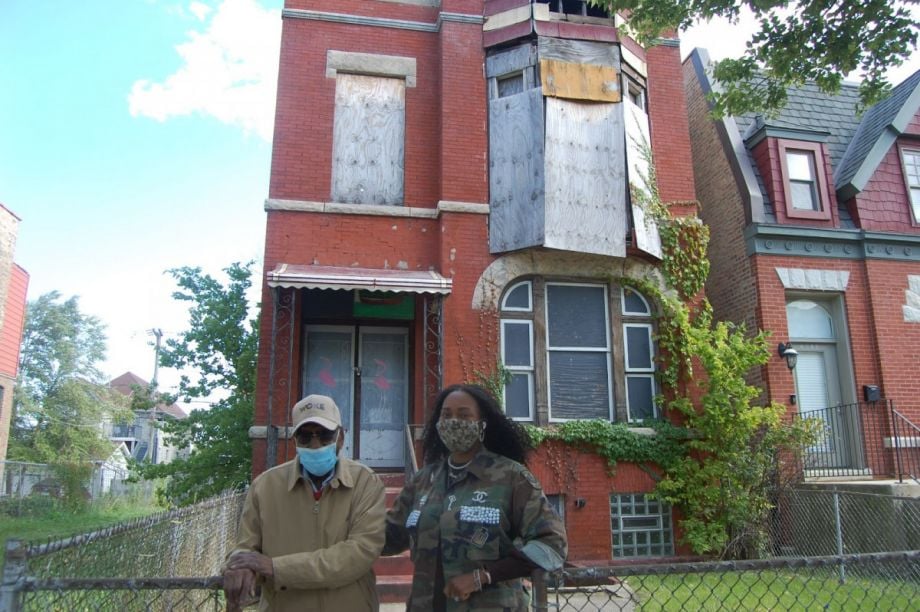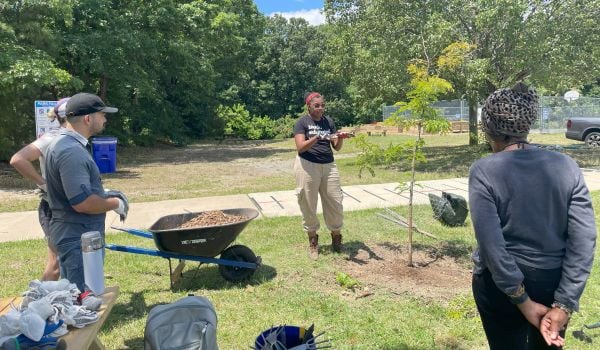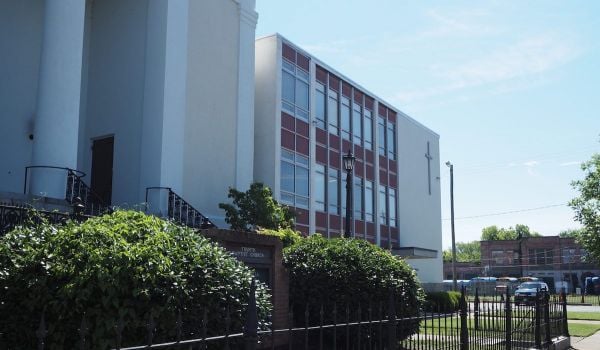I remember the first time that I felt disappointed with preservation practice.
The subject of this rising doubt was a long-vacant, deteriorating historic building that, because its construction was specific to its original use, had limited reuse options. Preservationists spent years trying to attract a new user. One finally came along proposing housing units, but that use required installing windows into a windowless brick wall. These windows were necessary for the building’s reuse and to comply with building code. The regulatory reviewer determined that the proposed openings did not meet the Secretary of Interior Standards for Rehabilitation and prevented the project from qualifying for Federal Historic Tax Credits.
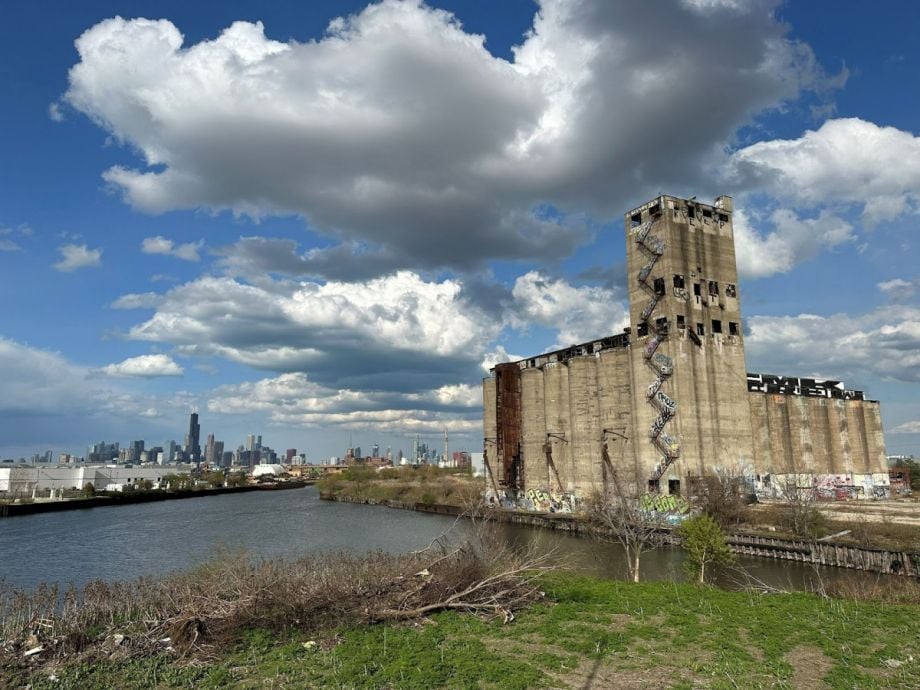
Specific building types like grain silos may appear difficult to adapt to a new use, but numerous adaptive reuse examples can be seen worldwide. To make the often-needed historic tax credits available, our guidelines need more flexibility for necessary alterations. Built in 1906, the Damen Silos were amongst the few remaining grain elevators in Chicago before their 2023 demolition.
The developer walked away. I too walked away, asking if a windowless wall was worth more than saving the building and creating new housing. The reviewer was just doing their job, following the regulations and their training. But didn’t we all become preservationists to save places? Are we missing the forest for the trees?
Herein lies one systemic issue inhibiting preservation’s relevance: using “integrity,” as defined in regulation, as a gatekeeper to designation and incentives puts too much weight on the materiality of significance. As Erica Avrami, James Marston Fitch Assistant Professor of Historic Preservation at Columbia University, said back in 2021: “We assume the material is telling the story. That’s not always the case.”
Preservation professionals learn that the integrity criterion measures how much original material remains to tell the story of the place’s significance. Our practice assesses when these changes cross what is essentially a subjective line of when a property does, or does not, convey its significance – that is, if a person can, or cannot, understand why a place is historic.
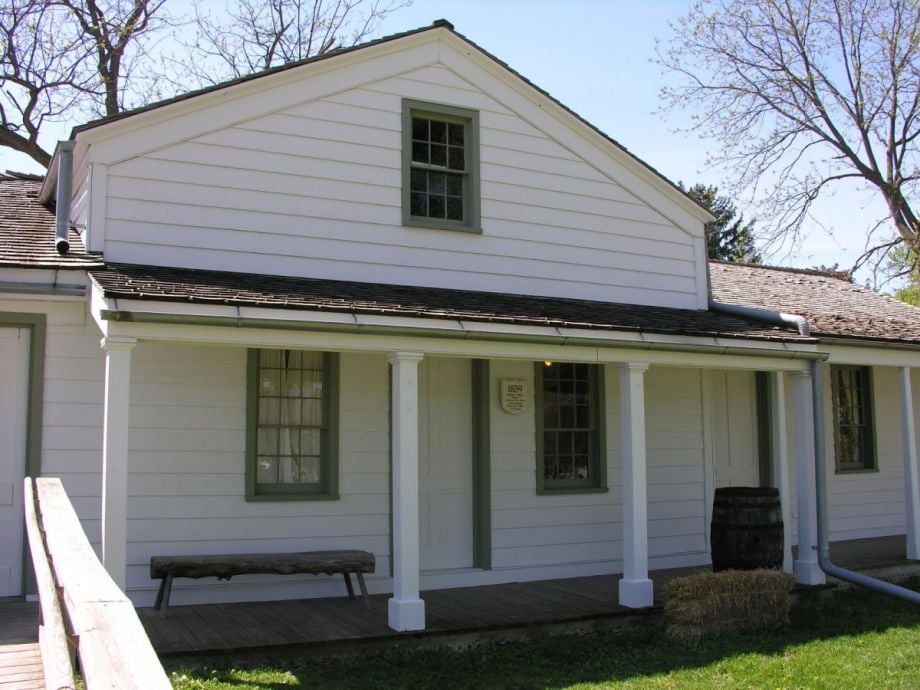
The Sheldon and Harriet Peck Home in Lombard, Illinois, is significant for its association with the abolitionist Pecks who made their home an Underground Railroad stop. However, because the 1839 portion of the home is partially obscured by later additions, the home has been determined ineligible for National Register listing to date. (Photo courtesy of Jean Follett)
Inevitably, places change over time, whether actively or passively. Someone could argue that these changes were preservation: investing in the building’s material and long-term usability. To the building owner, it could seem counterintuitive that by maintaining or improving the building, it has been ruined for historic designation purposes. This might seem like an oversimplification, but it is essentially the message that we are delivering.
When we use the term “integrity” to explain this, it can be offensive to hear that your property doesn’t have enough of it to make the cut. It becomes one of the narratives used to label preservationists as out of touch with reality – “hysterical preservationists,” who are always saying “no” to change. These negative narratives matter, especially when they become embedded as public opinion and are shared by the media and influence decision-makers.
Our regulations are designed to protect historic material rather than prioritize the needs of people living in and using these places today. We don’t expect people to live and work in museum-like settings, so why mandate that places arrive relatively untouched in order to receive protection?
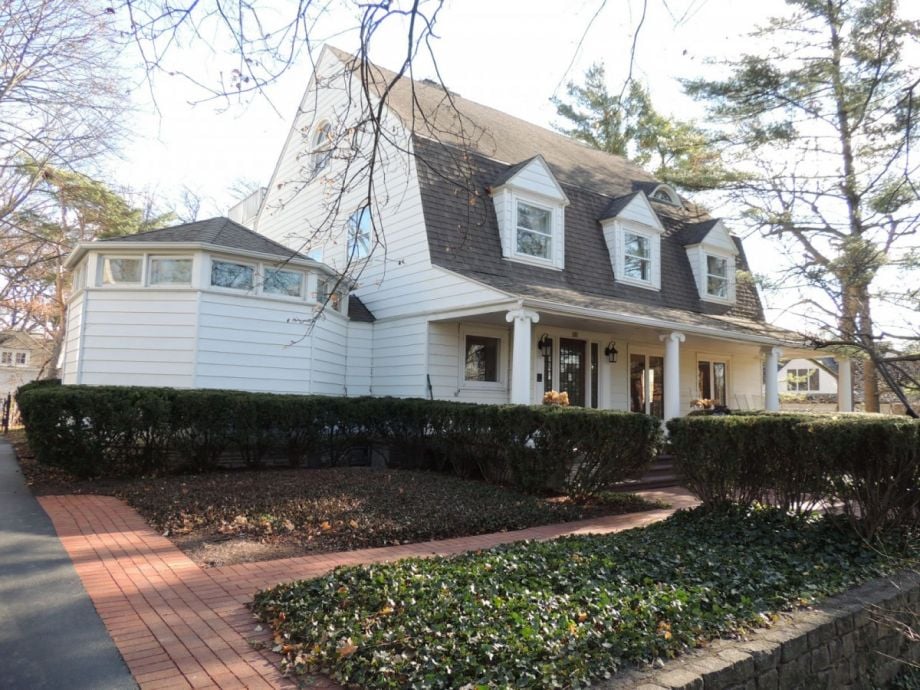
The Frank Lloyd Wright-designed Frederick Bagley House in Hinsdale, Illinois was saved at the 11th hour after fears it would be a teardown. The State Historic Preservation Office suggested that the home can’t be nominated to the National Register for architectural significance until the replacement aluminum siding is removed that covers the original wood shakes underneath. (Photo courtesy of Jean Follett)
According to the National Register for Historic Places criteria for listing, “historic places either retain integrity (that is, convey their significance) or they do not.” We leave ourselves no middle ground. This focus on a subjective, yet rigid definition of the material aspects of integrity turns historic places from things that are venerated for the stories they can tell into things that are precious. This culture of preciousness elevates historic material as the deciding factor for what gets saved and what does not.
Preservationists preserve historic places, which are largely material. What motivates us to do this work? Our field originated to preserve history, heritage, and architecture and has evolved to preserve culture, lifeways, identity, memory and story through place. One only need look back at “With Heritage So Rich,” the 1966 report of the U.S. Conference of Mayors Special Committee on Historic Preservation that created our current preservation regulatory framework, to see that material culture was not our primary mission:
“If the preservation movement is to be successful, it must go beyond saving bricks and mortar. It must go beyond saving occasional historic houses and opening museums. It must be more than a cult of antiquarians. It must do more than revere a few precious national shrines. It must attempt to give a sense of orientation to our society, using structures and objects of the past to establish values of time and place…In sum, if we wish to have a future with greater meaning, we must concern ourselves not only with the historic highlights, but we must be concerned with the total heritage of the nation and all that is worth preserving from our past as a living part of the present.”
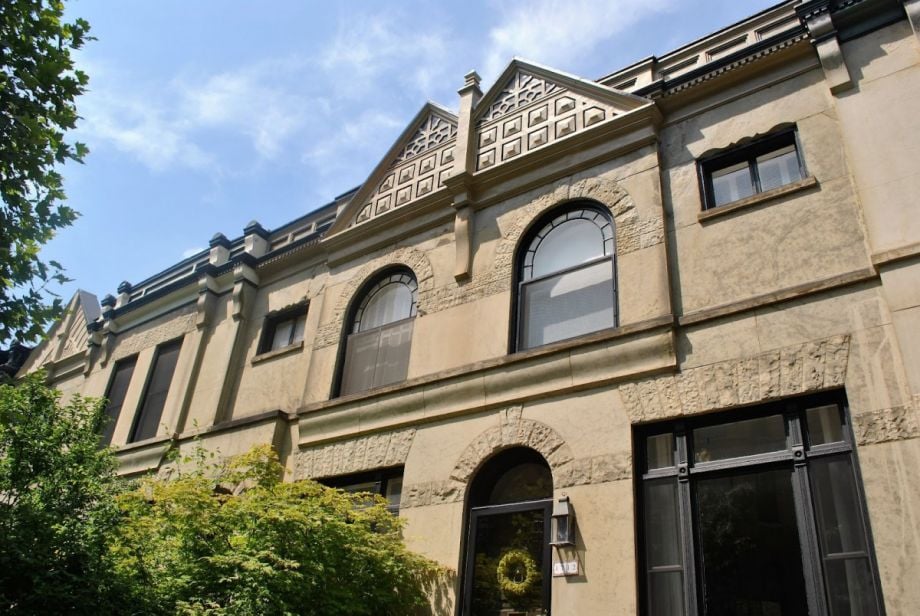
Henry Gerber founded the nation's first gay rights organization in this Chicago home in 1924. Do we need the interior to be as it was in 1924 to make this home worth protecting? The house was designated a Chicago Landmark (2001) and a National Historic Landmark (2015). Many places of LGBTQIA+ history were intentionally hidden for safety reasons. How many would no longer meet the integrity criteria because they have been altered over time? (Photo by Elisa.rolle / CC BY-SA 4.0.)
The culture of preciousness values integrity over significance, which flies in the face of this framing document. If we are truly about saving places and their stories, significance must be considered independent of integrity. That is, the stories that took place in a building and about its design or construction, are present even if original materials and details are compromised.
If our charge is to preserve “the total heritage of the nation,” then significance must be inclusive of all people who are, and have been, on this land. For places to be “a living part of the present,” then adherence to a strict integrity standard, as it is currently interpreted, is incongruous. For a place to be “living” it must evolve to meet present needs. Material changes that happen over time are a part of the story. The presence of changes that reflect a building’s evolution should not prevent its historic designation; in fact, they enrich the building’s story.
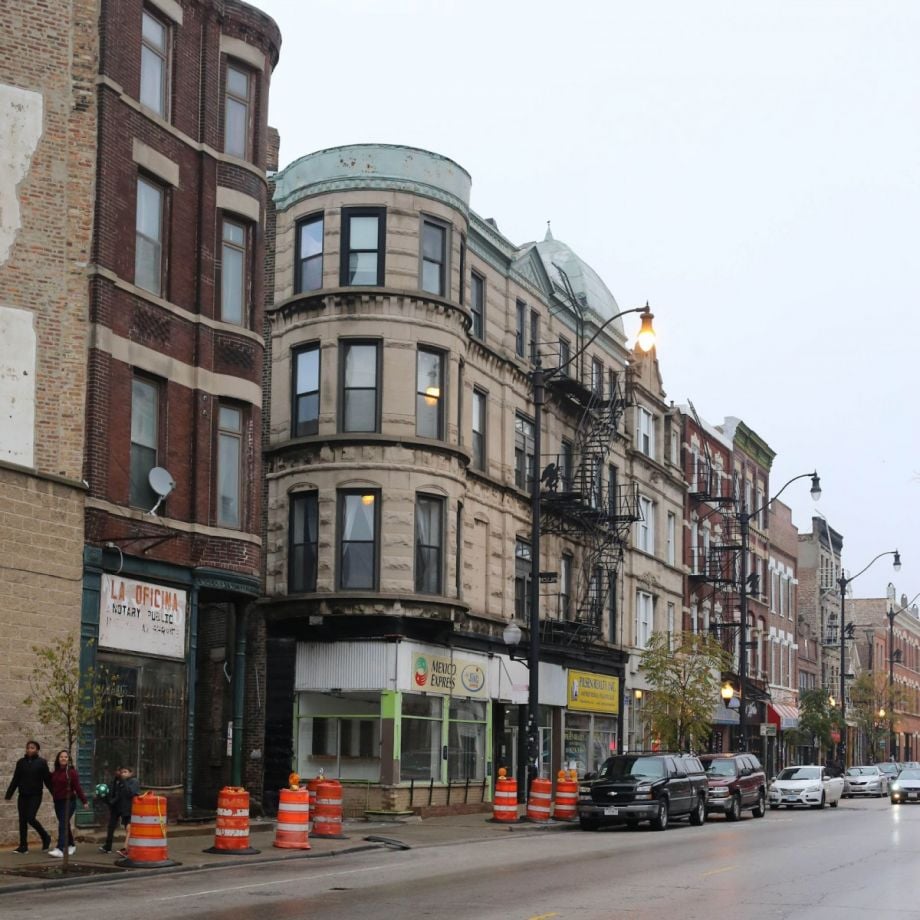
In 2006, a large portion of Chicago's Pilsen neighborhood was listed on the National Register of Historic Places. The City proposed local historic district designation in 2019. Many residents and businesses in the historically Mexican American community fought the designation due to gentrification fears and concerns about building repair cost burdens. They prevailed and the district was denied. (Photo by pasa47 / CC BY 2.0)
“The value of a community is not based on the material of the buildings or places they lived,” independent historian and historic preservationist Jeffrey (Free) Harris said in 2020. “Don’t value the materials over the history of that place.”
The culture of preciousness also perpetuates a lack of inclusion and equity in preservation. Properties that do not meet the integrity standard are not designated and are thus ineligible for incentives like historic preservation tax credits. Low-income homeowners can be negatively impacted by the requirements for like-designed replacement materials for locally designated properties if the guidelines are inflexible or omit claims of economic hardship.
The Harvard Joint Center for Housing Studies tabulated results from the Department of Housing and Urban Development’s 2019 American Housing Survey. Amongst their findings are that repairs and improvements made by low-income homeowners represent three times as much of their income as higher-income homeowners. Preservationists must work with homeowners to ensure affordable building operations, maintenance and hazardous material remediation. For property owners that are under-resourced, local designation should be accompanied by more flexible replacement guidelines, free or affordable financing for maintenance and improvements, and accessible information about the permitting process and other resources.
Preservation will continue to be irrelevant, or a threat, to under-resourced property owners and renters if they are not engaged in the designation process, if the designation increases maintenance costs or triggers code enforcement without any accessible financial incentives, or if the designation brings no tools to prevent gentrification and displacement.
To be seen as relevant, preservation must move beyond the culture of preciousness to put greater priority on the people interacting with historic places today and tomorrow.
This op-ed is adapted from Bonnie McDonald’s new book, “The Relevancy Guidebook: How We Can Transform the Future of Preservation.”
Bonnie McDonald aspires to shape preservation into a more relevant and just practice. As President and CEO of Landmarks Illinois, Bonnie advances the vision, mission and programs of the statewide preservation nonprofit organization. From 2018-2021, Bonnie served as board chair of the National Preservation Partners Network, the national nonprofit representing preservation organizations, and was awarded the James Marston Fitch Charitable Foundation Mid-Career Fellowship in 2020 to write a guidebook to relevancy in the preservation movement. Chicago Mayor Lori Lightfoot appointed Bonnie co-chair of the Chicago Monuments Project in 2020 to help lead a truth and racial reckoning process in the city around problematic artworks. Bonnie received a bachelor’s degree in art history from the University of Minnesota and a master’s degree in historic preservation planning from Cornell University.

